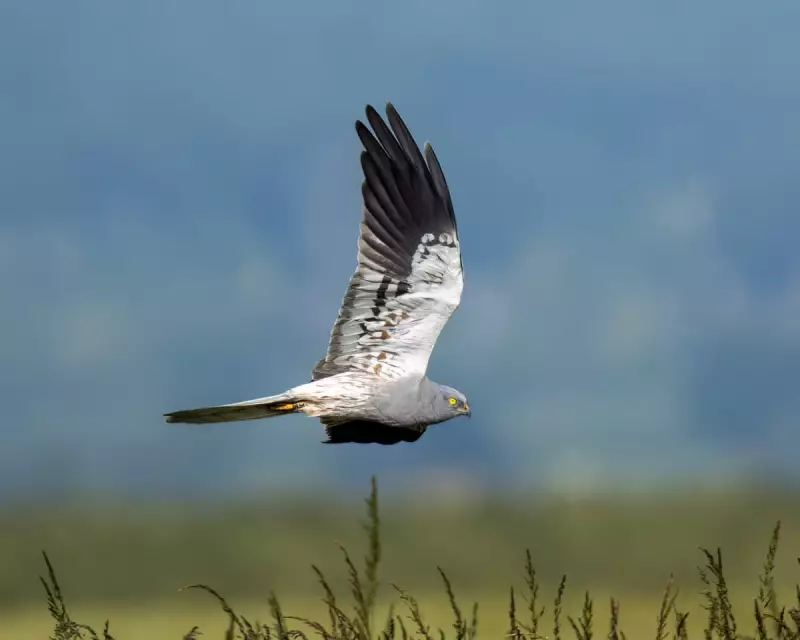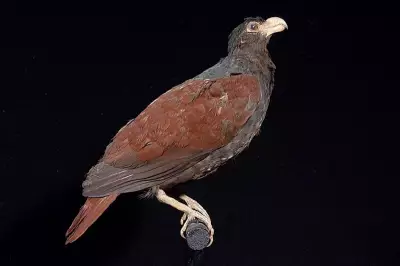
This summer, Britain has been treated to a spectacular display of nature’s resilience, as butterflies and birds flourish in greater numbers than seen in recent years. The unexpected abundance has delighted conservationists and nature lovers alike, offering a glimmer of hope amid ongoing environmental challenges.
Why Are Butterflies and Birds Thriving?
Experts point to a combination of factors contributing to this surge in wildlife. A mild winter followed by a warm, wet spring created ideal breeding conditions for many species. Additionally, targeted conservation efforts, including habitat restoration and reduced pesticide use, appear to be paying off.
Butterflies Take Centre Stage
Species such as the Red Admiral and Peacock butterflies have been particularly noticeable, their vibrant wings adding splashes of colour to gardens and countryside alike. The Big Butterfly Count, an annual citizen science project, reported a significant uptick in sightings compared to previous years.
Birdsong Fills the Air
Birdwatchers have also noted increased activity, with species like swallows, house martins, and even some rarer migrants making strong showings. The RSPB has highlighted the role of community-led initiatives in creating bird-friendly environments.
What Does This Mean for the Future?
While this summer’s abundance is cause for celebration, scientists caution that long-term trends still show declines in many wildlife populations. However, the recent uptick demonstrates that with the right conditions and human intervention, recovery is possible.
"This is a reminder of how quickly nature can rebound when given a chance," said Dr. Emily Carter, an ecologist at the University of Bristol. "But we mustn’t become complacent—continued conservation efforts are essential."
For now, though, Britons can enjoy the rare spectacle of a summer teeming with life, a welcome respite in an era of ecological uncertainty.





